As I write this in mid-September, my friend X is very sick. Her doctor thinks she has the novel H1N1 virus along with a nasty case of bacterial pneumonia. They often go together. She’s been going to the hospital every day for intravenous antibiotics, with little impact. She’s been tested for H1N1, but tests are still negative, so she’s not being treated for flu. The scary thing is: she may be positive anyway. The outrageous thing is: if she does have it, someone carelessly infected her.
All summer, X and I exchanged notes about the likelihood of this pandemic causing serious trouble. We are both community-minded lesbians interested in public health and both of us were around during the early days of the AIDS crisis. That experience gave me a healthy dose of skepticism about the government’s ability to do the right thing when it comes to public health. My friend X saw it differently. She trusted the the CDC; she thought comparing how the government had handled the HIV pandemic to how it might handle an influenza pandemic was comparing apples and oranges.
She may be right, but as I know about her suffering with an infectious illness she describes as being unlike anything else she’s ever experienced, I continue to worry that we have been given a false sense of complacency about this thing, or that people have become “immune” to information about it while we haven’t yet gotten physical immunities to a virus that is widespread, highly transmissible, and is killing young and middle-aged adults in ways that are different from seasonal flu. So here’s my quick list of myths and facts about the flu, at the time of this writing, with a note that these things could change quickly.
Myth 1: You test negative for the flu, you don’t have it.
Fact: A significant percentage of people who have H1N1 test negative for it for quite awhile, then eventually test positive … The “false negative” rate may be as high as 30%. This means that if physicians wait until someone tests positive on the test to give them anti-viral medications, there may be a treatment delay that has serious consequences. Some have tested positive only post-mortem.
Myth 2: H1N1 is no worse than seasonal flu.
Fact: While many people experience mild symptoms, others become ill enough that they are hospitalized, treated in ICUs, or die. Research at the University of Wisconsin-Madison has confirmed that H1N1 is actually very different from seasonal flu and potentially more lethal because it burrows deeper into the lungs.
Myth 3: Only people with “underlying conditions” need worry.
Fact: While people who have asthma or other chronic health conditions, including being overweight, tend to be over-represented in the mortality statistics, nearly 40% of the people who have died from H1N1 have no known underlying conditions. Young, healthy people are among those dying from this flu.
Myth 4: Only kids and elderly are at serious risk.
Fact: The majority of people infected with H1N1 at this point are people under the age of 20, but the majority of people who have died from it are people in the prime of life, people in their college, working, and parenting years, from 20 to 40. While H1N1 may ultimately have no higher of a death rate than seasonal flu, it will infect more people, so the absolute numbers of deaths will be much higher.
Myth 5: If you have H1N1, you’ll have a fever.
Fact: A significant percentage of people who get it have the cough, sore throat, and body aches, but no fever.
Myth 6: No fever equals not contagious.
Fact: Unfortunately, people who are infected are contagious a day or so before being symptomatic, and many continue to shed virus many days after a fever, if they have one, ends. A better gauge seems to be coughing; if you are coughing, you are likely putting others at risk.
Myth 7: As God’s chosen people, members of the LGBTQ community are immune.
Fact: Unfortunately, we have not been given this particular break at this time.
Myth 8: Social distancing, closing schools, and canceling events won’t help because “the horse is already out of the barn,” as President Obama said last spring.
Fact: In the absence of widespread immunity and the absence of widespread vaccination, “social distancing” is the most powerful tool we have. Since influenza spreads through close contact, and through handling objects touched by others who are infected, reducing close contact reduces its spread. This strategy has social and economic consequences that our government has opted to avoid by not recommending social distancing for those who are well. Still, such measures have the impact of slowing the pandemic and protecting individuals’ health while we wait for vaccine availability. We know this from the history of other pandemics.
What can we do to protect our health?
Staying informed is crucial, because viruses can change very quickly. Taking care of your own health and the health of others includes the usual self-care—eating well, sleeping well, exercising, and getting sun if you can—along with the good hand hygiene and “cough etiquette” that’s in the news. If you feel flu-ish, remove yourself from social interactions—this is called “social distancing” or “self-isolation.” While you may have a mild case of the flu, the person next to you in your cube or car or bed or class may have a much more difficult response. Line up a “flu buddy” who could drop off medicine or groceries for you and check on you by phone if you live alone. Figure out how to order your groceries on line (the Willy Street Co-op lets you do this, as do some other places) if you need to avoid exposing others or want to steer clear of some public spaces for a while.
The pandemic paradox is that in getting through this together, by trying to stay well and prevent others from being infected, we may need to spend more time apart. As a community, we’ve faced difficult health challenges before with collective intelligence and an ability to do difficult things in the interest of taking care of one another. If we educate ourselves and watch out for each other, we can pull through again, and lose fewer folks along the way.
Get well, X. This one’s for you.

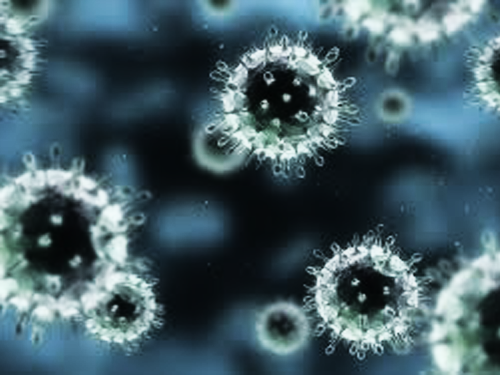




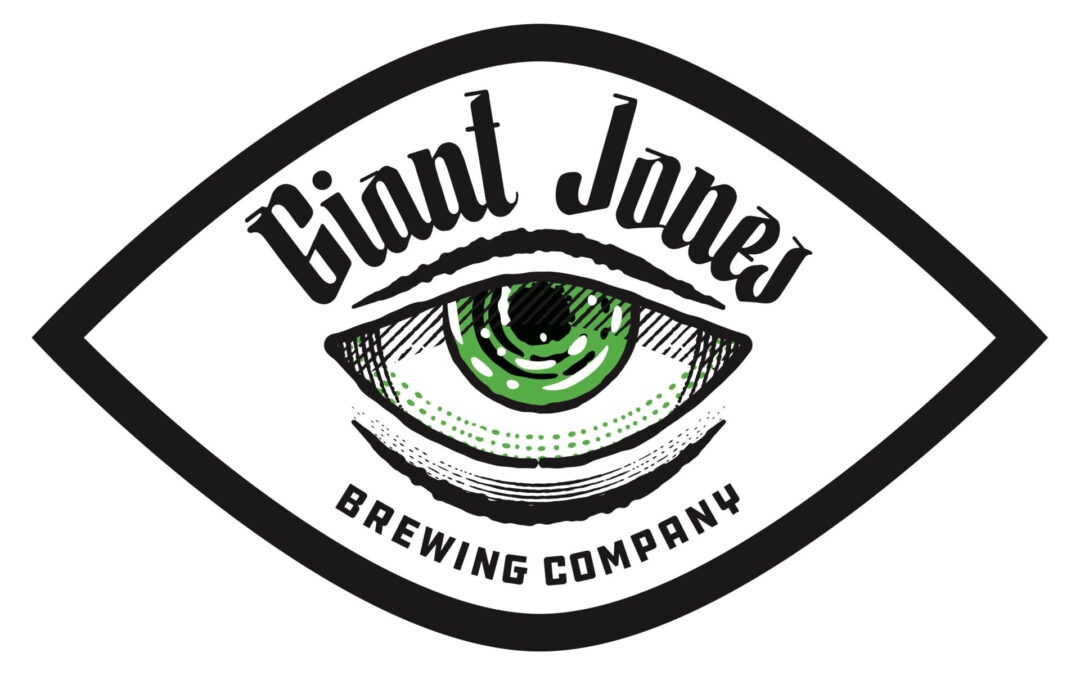

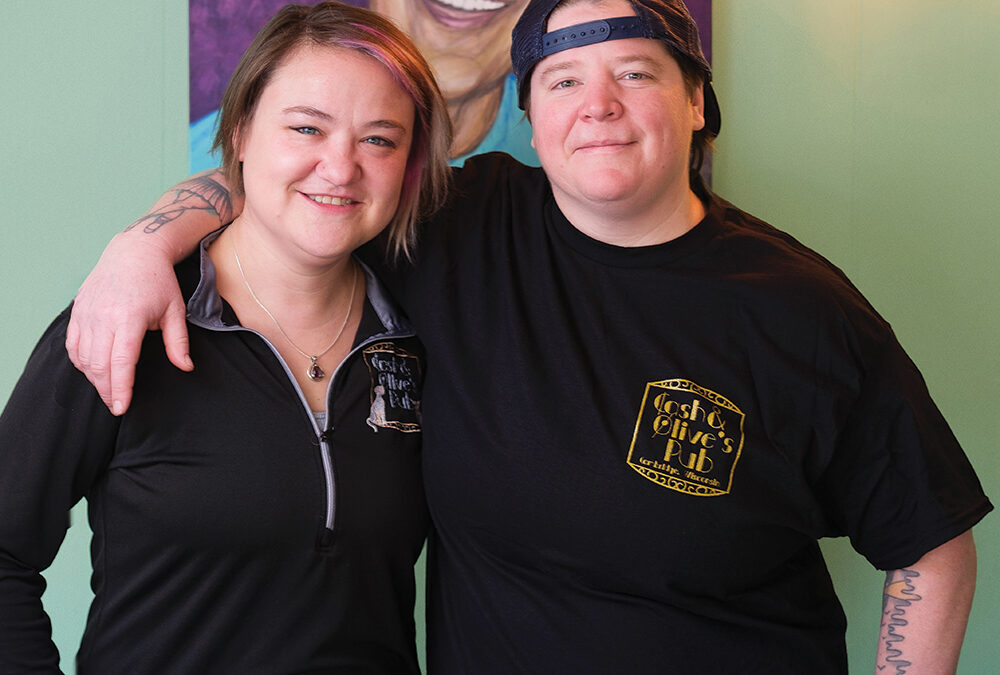

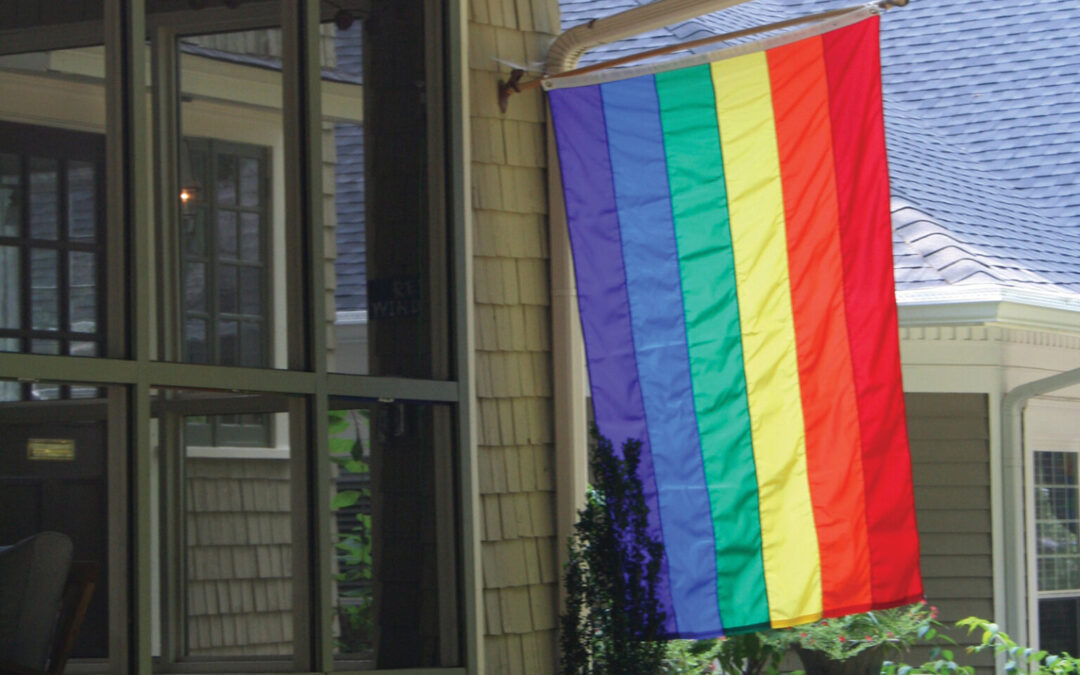
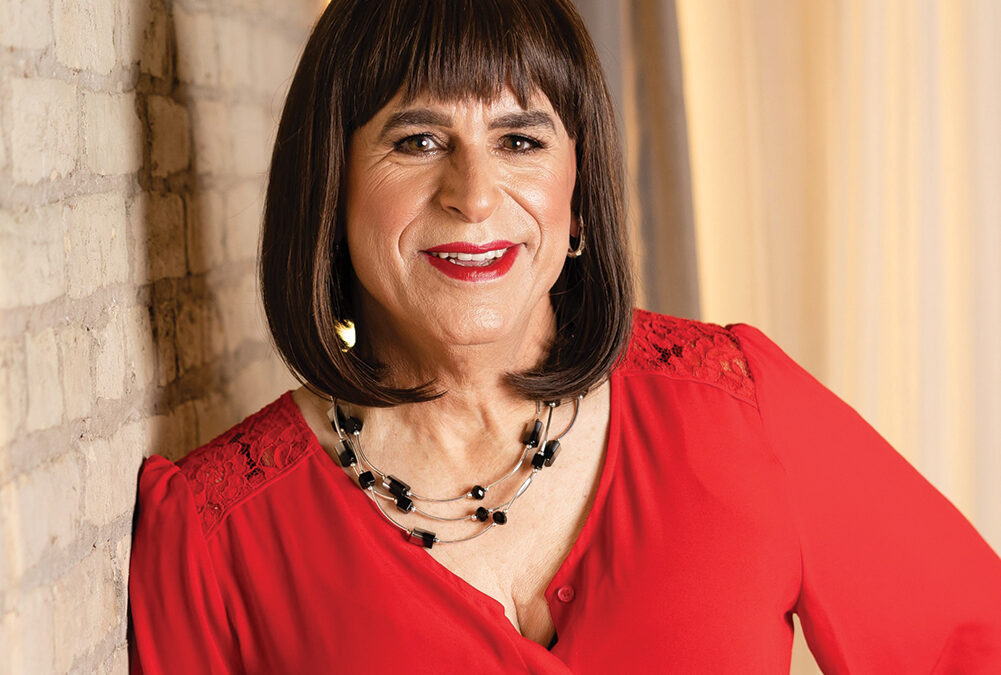

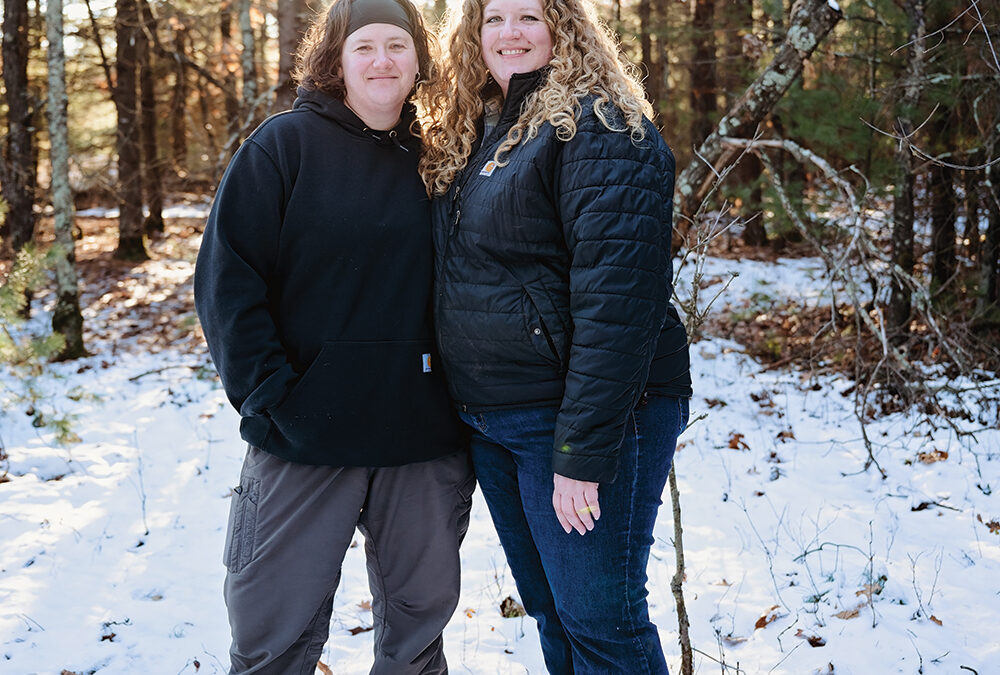







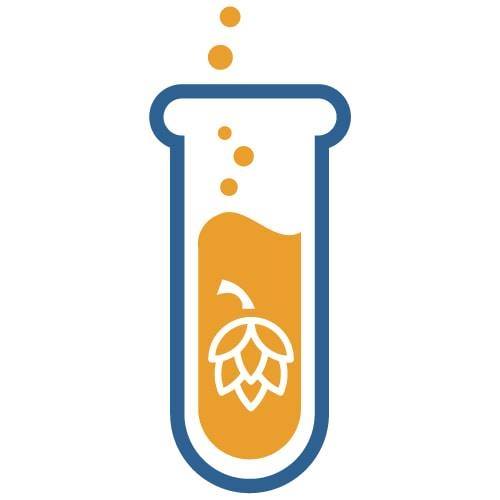

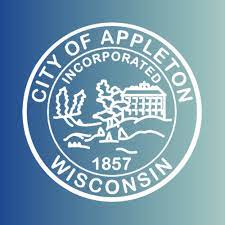
0 Comments